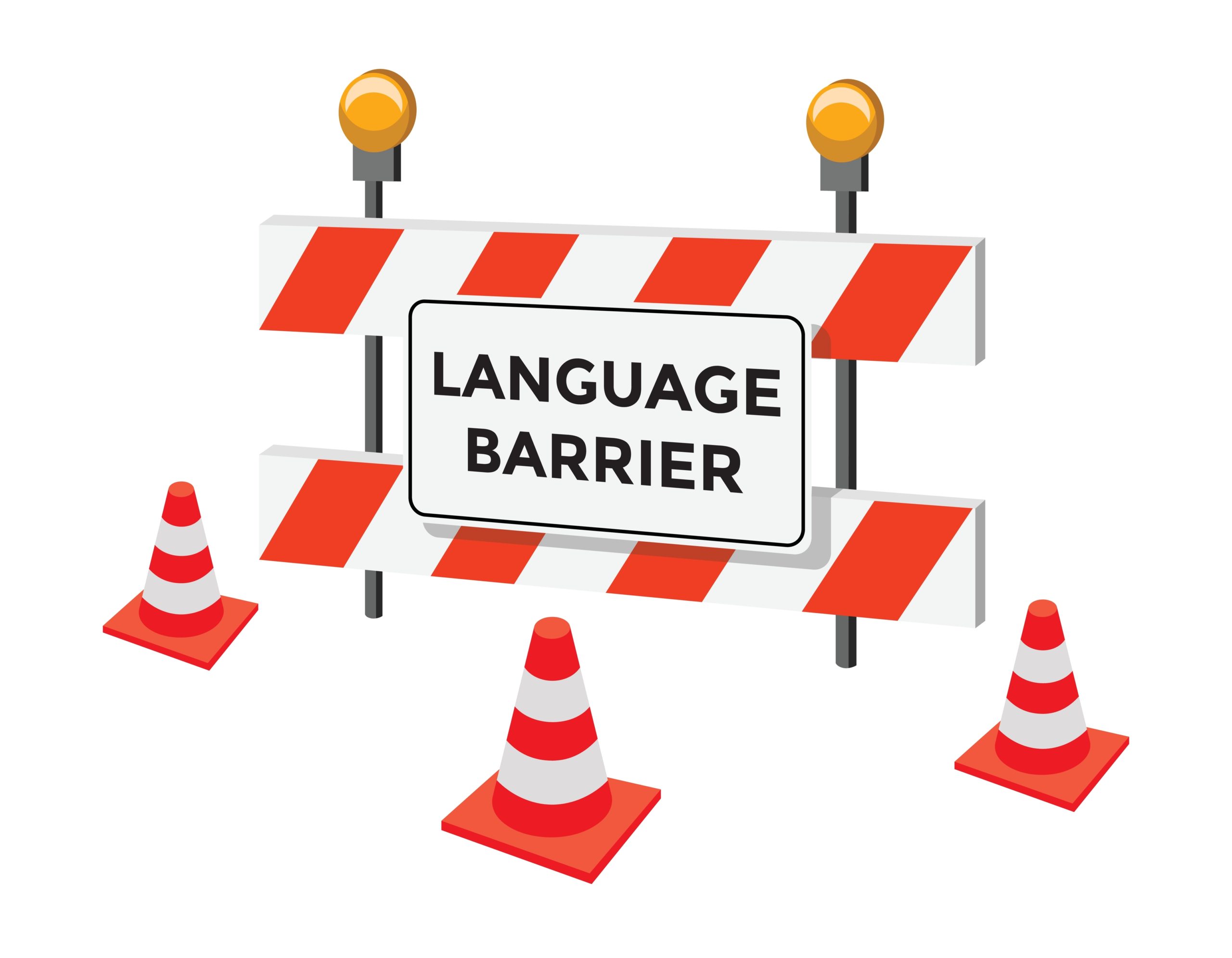In our multicultural and multilingual classrooms, effective parental engagement is crucial for the success of students who are learning English as an Additional Language (EAL). One innovative tool that can bridge the communication gap between schools and EAL parents is Sound Branch. This article explores how Sound Branch can be utilised to foster better parental engagement and support EAL students’ educational journeys.
Understanding the Challenges
Parents of EAL students often face unique challenges:
- Language Barriers: Communication with teachers and school staff can be difficult.
- Cultural Differences: Understanding the educational system and expectations might be challenging.
- Limited Involvement: Due to these barriers, EAL parents might feel less involved in their child’s education.
What is Sound Branch?
Sound Branch is a voice messaging platform designed to facilitate communication through audio. It allows users to send, receive, and listen to voice messages, making it an ideal tool for overcoming language barriers. Here’s how Sound Branch can be leveraged for parental engagement:
How to Use Sound Branch for Parental Engagement
- Setting Up the Platform
- Download and Install: Ensure that both school staff and parents have the Sound Branch app installed on their devices.
- Create Groups: Set up groups for each class or student to streamline communication.
- Communication in Multiple Languages
- Voice Messages: Teachers and school administrators can send voice messages in multiple languages. Using translation services or bilingual staff members can help in creating these messages.
- Transcription Feature: Sound Branch offers transcription of voice messages, which can be a helpful feature for parents who are more comfortable reading in their native language.
- Regular Updates and Announcements
- Weekly Updates: Send out weekly updates about classroom activities, homework, and important announcements. Hearing these updates in their native language can make EAL parents feel more included and informed.
- Event Reminders: Use voice messages to remind parents about school events, parent-teacher meetings, and other important dates.
- Interactive Communication
- Feedback and Queries: Encourage parents to send voice messages with their questions and feedback. This two-way communication can help address concerns more promptly and personally.
- Cultural Exchange: Use the platform to share cultural insights and encourage parents to share their own, fostering a more inclusive school environment.
- Supporting Student Learning
- Homework Assistance: Provide explanations and assistance for homework assignments via voice messages. This can be particularly helpful for parents who might struggle with written instructions in English.
- Learning Resources: Share audio resources, such as reading materials and educational podcasts, to support students’ language development at home.
Benefits of Using Sound Branch
- Accessibility: Voice messages are often easier for non-native speakers to understand compared to written text.
- Personal Connection: Hearing a teacher’s voice can create a more personal and engaging communication experience.
- Flexibility: Parents can listen to messages at their convenience, making it easier to stay informed despite busy schedules.
Before Sound Branch
Mrs. Martinez stood outside the school office, clutching a crumpled newsletter in her hand. The words on the paper blurred together, a mix of unfamiliar English terms and dates she couldn’t decipher. Her son, Carlos, was in his first year at the school, learning English as an Additional Language (EAL). Despite her best efforts, Mrs. Martinez struggled to keep up with the communication from his teachers. Parents’ evenings were a source of anxiety, with conversations often punctuated by long pauses and nervous nods.
Carlos’s teacher, Mr. Thompson, wanted to involve Mrs. Martinez more in her son’s education. He knew that parental support was vital, especially for EAL students. However, every time he sent home a letter or tried to explain something during a meeting, he could see the confusion in her eyes. He wished there was a better way to communicate.
After Sound Branch
One day, the school introduced a new tool called Sound Branch. Mr. Thompson explained to the parents during a meeting, with the help of a translator, how this audio-based platform worked. Parents could now receive voice messages directly from teachers, and they could reply in their own language. The messages could be translated, making communication smoother and more effective.
Mrs. Martinez was skeptical at first, but she decided to give it a try. The first message she received was from Mr. Thompson. He spoke slowly and clearly, explaining Carlos’s progress and upcoming school events. Mrs. Martinez listened to the message several times until she fully understood it. She was able to respond in Spanish, expressing her concerns and asking questions about Carlos’s homework.
The transformation was immediate. Mrs. Martinez felt more connected to the school and more confident in her ability to support her son. She began to actively participate in school activities, attending meetings and volunteering for events. Her relationship with Mr. Thompson grew stronger, and she no longer felt the anxiety that had plagued her during parent-teacher conferences.
Carlos noticed the change too. His mother was more involved in his school life, helping him with his assignments and encouraging him to do his best. He felt supported and understood, both at home and at school. His grades improved, and he became more confident in his English skills.
Sound Branch had bridged the gap that once seemed insurmountable. It transformed the way the school communicated with EAL parents, fostering a sense of community and collaboration. For Mrs. Martinez and Carlos, it was the key to unlocking a brighter, more connected educational journey.
Effective parental engagement is a cornerstone of student success, especially for EAL students. By using Sound Branch, schools can break down language barriers and foster a more inclusive and supportive educational environment. This innovative tool not only enhances communication but also builds stronger connections between schools and multilingual families, ensuring that every student has the support they need to thrive.
